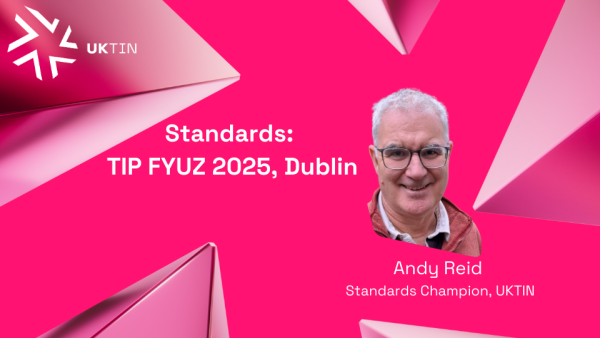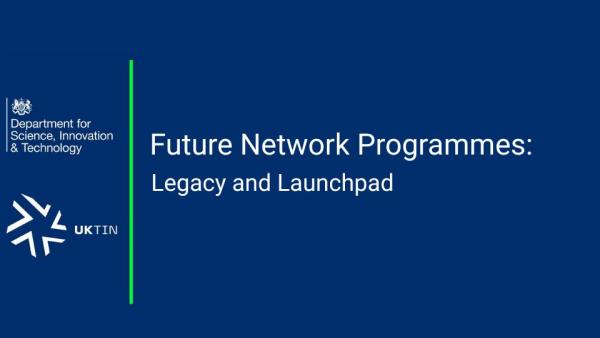Andrea Dona, Vodafone's UK Chief Network Officer, explains the thinking behind Vodafone's 5G Standalone trial - testing a new technology that promises much higher speeds, lower latency, with better reliability and security.

Vodafone has begun inviting customers to join a trial network for 5G Standalone (5G SA), the first time in the UK customers will be able to experience “full” 5G.
The trial is a limited, controlled experience enabling us to test and demonstrate the full potential of 5G to selected customers across the country – triallists must have either a Samsung Galaxy S21/S22 or OPPO Find X3/X5 Pro smartphone.
This is a very important step forward on the way to creating a digital platform for innovation across every sector of the UK.
How is 5G SA different?
5G Standalone is a totally separate network, independent of the 4G network that the current 5G is built on. So, in future, users will benefit from much higher speeds, lower latency (buffering), and increased reliability and security.
It will enable many more “things” – anything from autonomous vehicles to building monitoring sensors, from smartphones to smart traffic lights – to be connected simultaneously. And because it is ‘cloud-native’, it can be updated and managed much more easily.
Ultimately, 5G SA, when it comes at scale, will enable us to do things that are not possible on the 4G network – it will fast-track the digitisation of business and society.
But why is this important?
5G SA should be viewed as a vehicle for innovation and greater prosperity across the UK. If digital is to be a platform for economic success and levelling up the country and society, we have to make sure that new technology is rolled out as quickly and as widely as possible.
For example, 5G SA could support an intelligent transport system where congestion is all but eliminated; a futuristic, digitalised healthcare system which is more joined-up and focused on prevention; artificial intelligence that augments human skills and really adds value to our economy.
This trial is a stepping-stone towards this digitally connected ecosystem which will enable businesses and public sector organisations to thrive, innovate and improve the lives of people across the UK.
So why isn’t 5G Standalone everywhere?
From a technical perspective, we have been working with our partner Ericsson over the last year to build a 5G core network. This is one of the final steps, but we also have to upgrade equipment on each mast site, as 5G makes use of different spectrum frequencies than 4G.
But making these upgrades to deliver this network is very expensive. So we need to figure out how we are going to invest in 5G SA in a sustainable and commercially viable way. And most importantly, how we are going to ensure it is accessible to everyone, not just the major towns and cities.
The roll-out is a significant financial commitment for the telecoms industry, and we cannot do it alone. We need support from the Government and regulators.
This could take the form of providing low-interest loans; reforming regulation around net neutrality; encouraging public procurement of 5G services; or reducing barriers to roll-out. Industry consolidation also has an important role to play in providing the scale necessary to invest.
A flavour of what is to come
The 5G SA trial is certainly very exciting and gives customers a taste of what tomorrow’s telecoms networks could be like.
But it is only a trial in a number of cities with a handful of eligible devices. It shows what will be possible. But to deliver on the full potential of 5G SA – and to create that brighter digital future for all – we’ll need help creating the right investment and regulatory environment.
Click here to read the original article.









